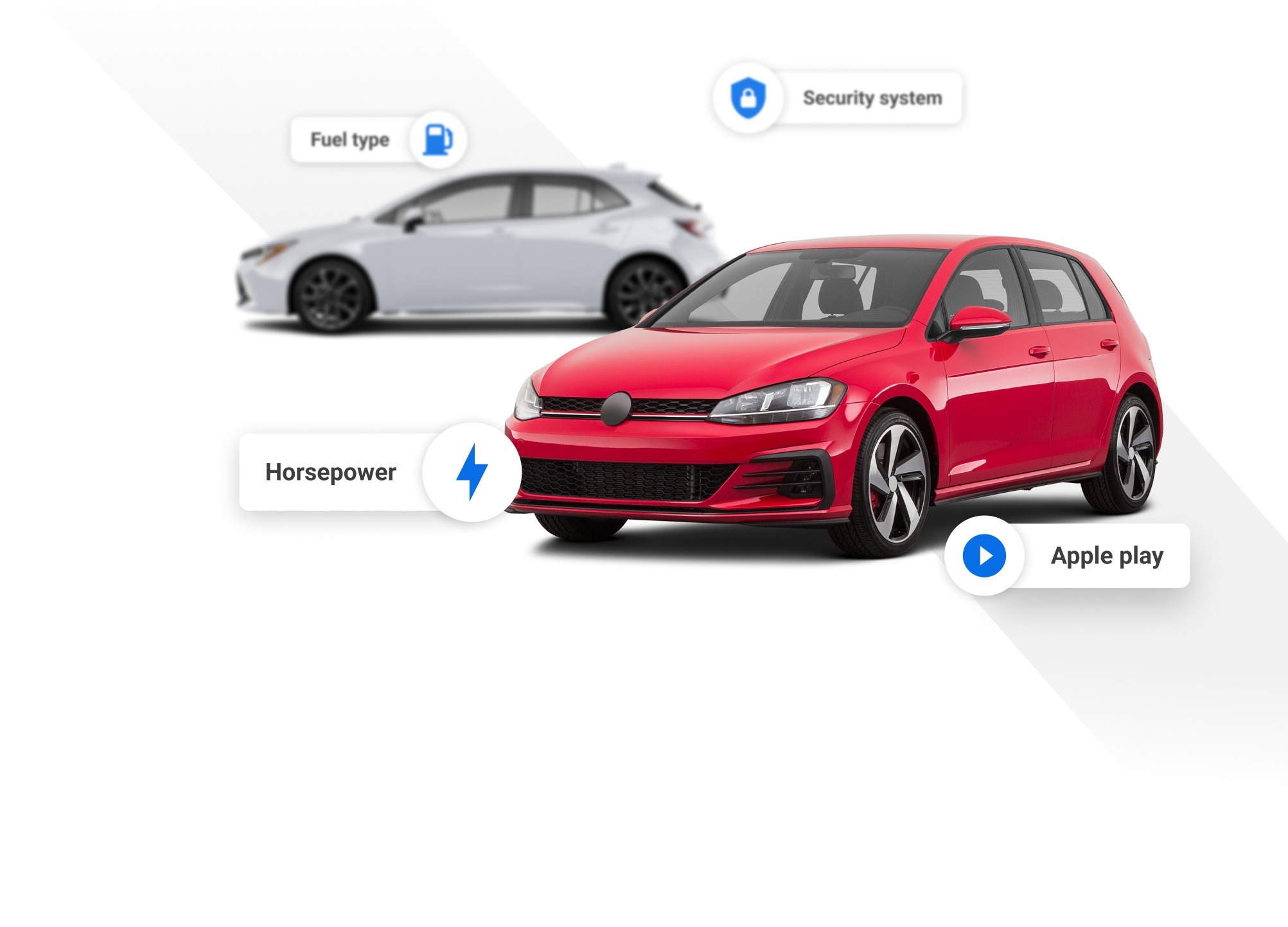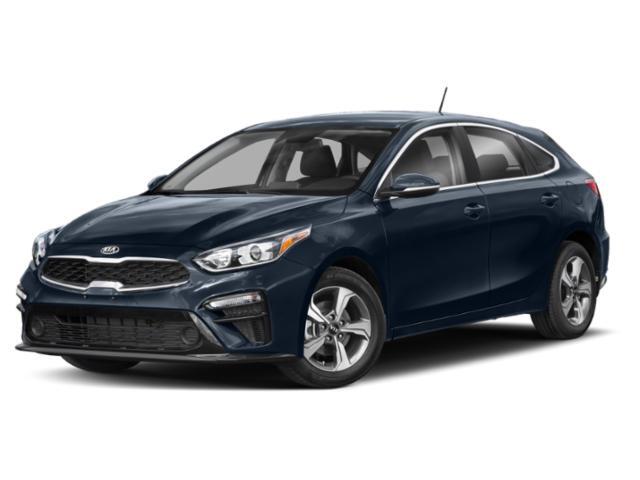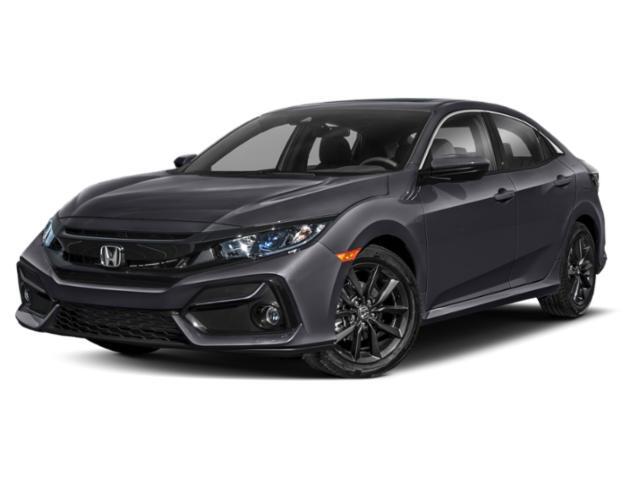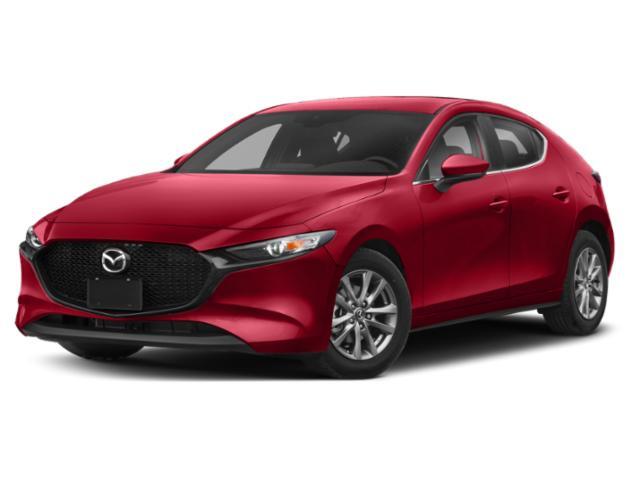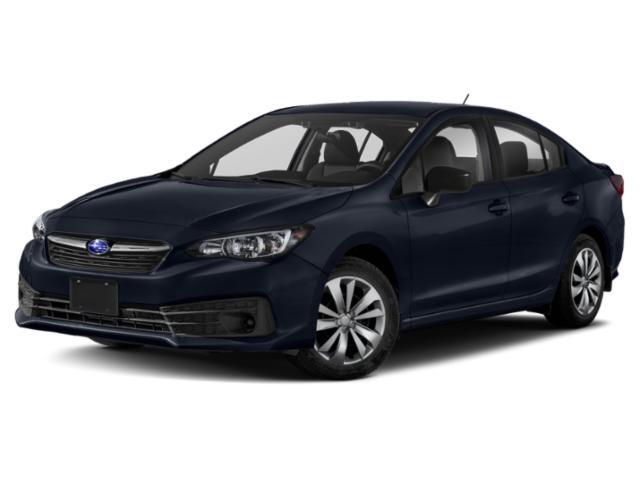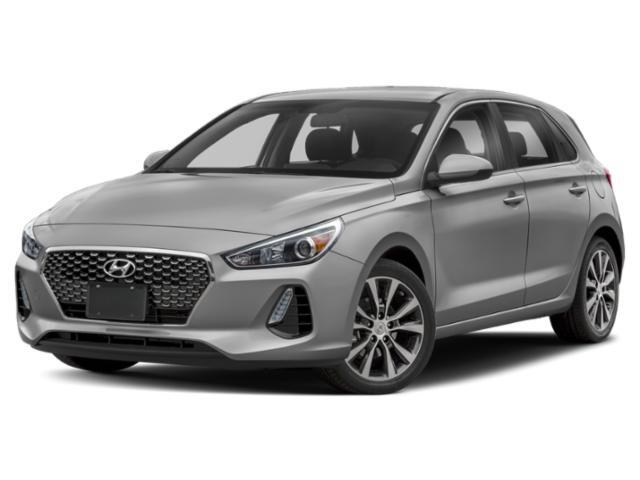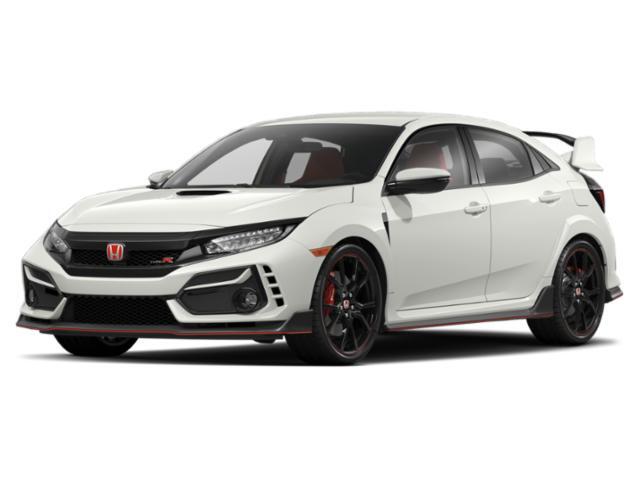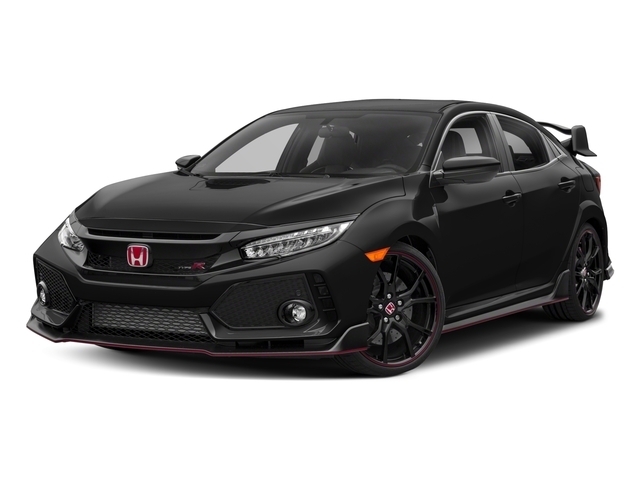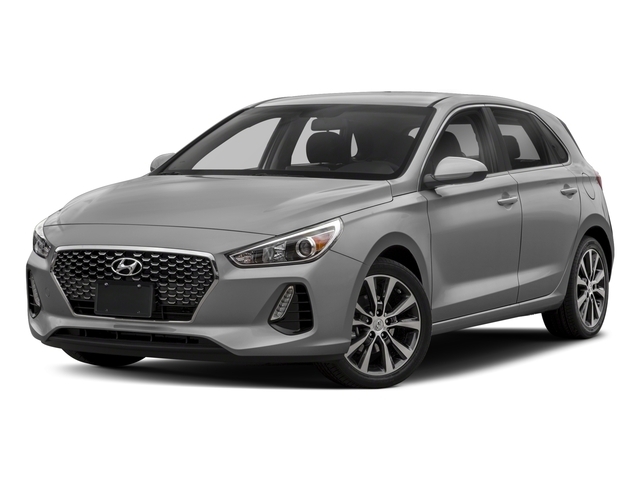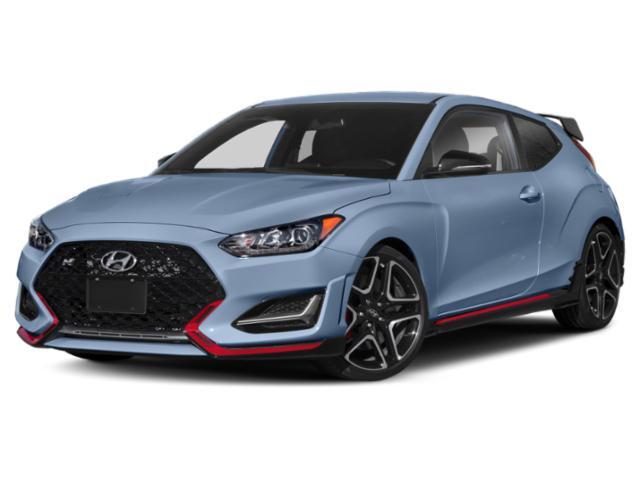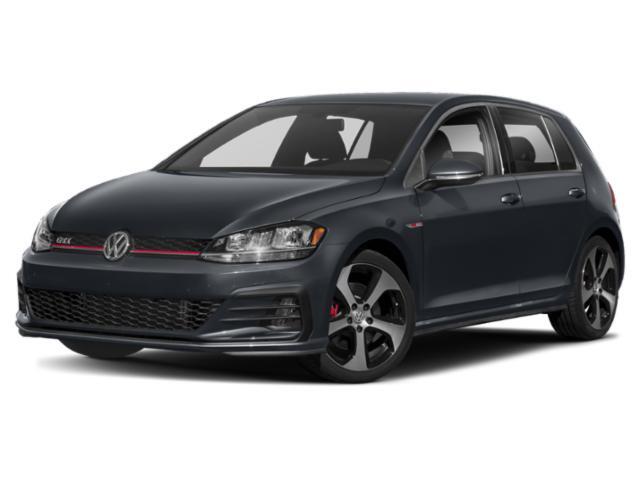
2020 Hyundai Elantra GT

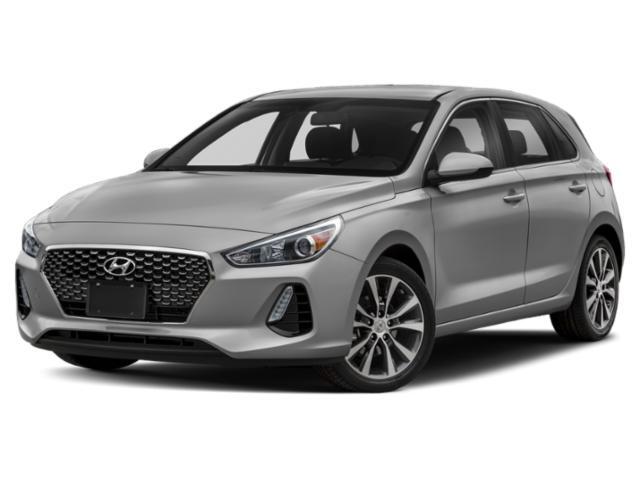
Key Specifications for 2020 Hyundai Elantra GT






Buyer’s Guide
History/Overview
Hyundai introduced the Elantra GT hatchback in 2013 as the replacement for the Elantra Touring station wagon. The Elantra GT entered its second generation in 2018. Performance models originally dubbed Elantra GT Sport were renamed Elantra GT N-Line last year.
What's New / Key Changes from Last Year
New for 2020, the entry-level N-Line can be optioned with a dual-clutch automatic transmission that last year was limited to the Ultimate trim level. All other Elantra GT configurations carry over unchanged.
Available Trims
The basic Elantra GT comes in Preferred and Luxury trims, while the N-Line comes in base and Ultimate trims.
Preferred and Luxury models use a 2.0L four-cylinder engine. Preferred starts with a six-speed manual transmission that options to a six-speed automatic, while luxury is standard with the six-speed auto.
Elantra GT N-Line models get a 1.6L turbocharged engine that also comes standard with a six-speed manual. Its option is the seven-speed dual-clutch gearbox we mentioned above. The DCT, as Hyundai calls it, is standard in Ultimate trim.
Standard Features
Elantra GT Preferred trim comes with 16-inch alloy wheels, automatic on/off headlights, LED daytime running lights, heated/power-adjustable side mirrors, a rear spoiler, six-way manually-adjustable/heated front seats, a six-speaker stereo with 8.0-inch infotainment display, Apple CarPlay and Android Auto, Bluetooth, air conditioning, leather-trimmed steering wheel and shift lever, a heated steering wheel with tilt-and-telescopic adjustments, cruise control, power windows, keyless entry, and blind spot monitoring with rear cross traffic alert.
Luxury trim adds 17-inch wheels, a panoramic sunroof, dual-zone automatic climate control, and passive keyless entry.
Elantra GT N-Line models get 18-inch wheels, auto on/off LED headlights, LED taillights, heated/leather-trimmed sport seats, an electric parking brake, and a sport steering wheel.
N-Line Ultimate trim brings an eight-way power driver's seat, a seven-speaker stereo, navigation, a 4.2-inch colour gauge cluster display, an auto-dimming rearview mirror with integrated garage door opener, Bluelink connectivity, forward collision warning with pedestrian detection and automatic braking, adaptive cruise control with stop-and-go, lane departure warning and lane keeping assist, automatic high beams, and driver attention warning.
Fuel Economy
Hyundai's fuel consumption estimates for the Elantra GT with the 2.0L engine are 9.8/7.4 (city/highway) with the six-speed stickshift, and 9.4/7.1 for the automatic transmission.
N-Line estimates are 10.3/7.9 L/100 km with the manual transmission and 9.7/7.4 with the DCT.
Competition
Elantra GT competition includes the Honda Civic, Toyota Corolla, Volkswagen Golf, Kia Forte5, Chevrolet Cruze, the Mazda3 Sport, and Subaru Impreza. Of those, only the Civic (Sport/Sport Touring), Golf (GTI), Forte5 and Mazda3 Sport come with an optional, more powerful engine to compete with the N-Line.
Review & Compare:
Photos

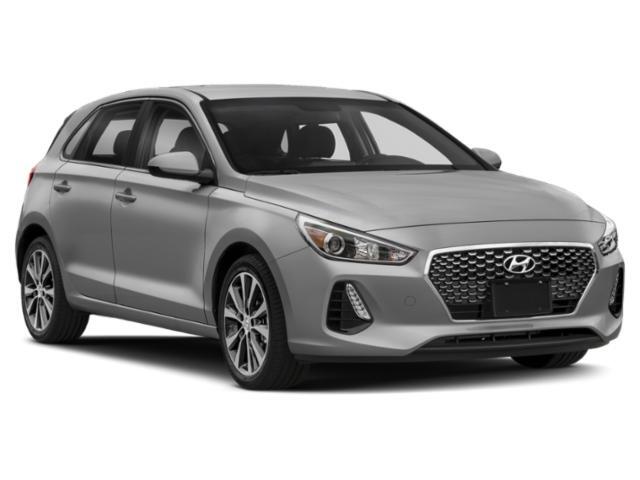
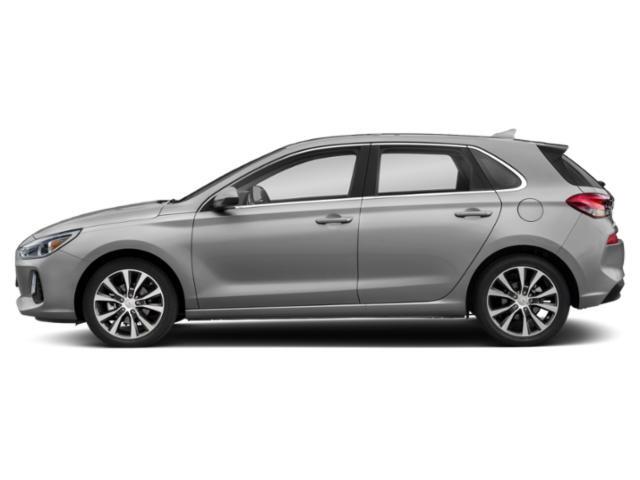
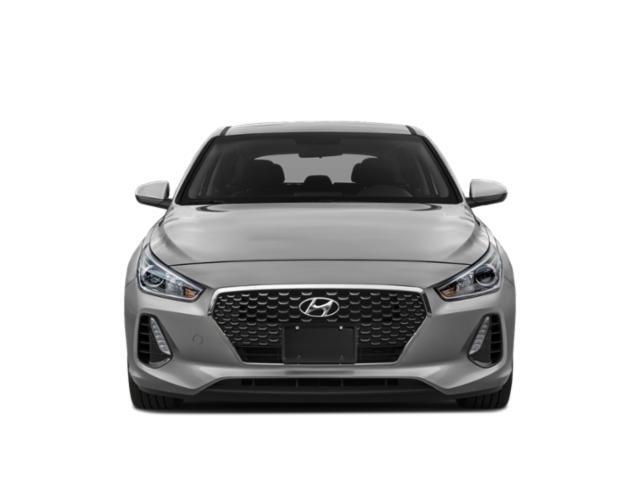
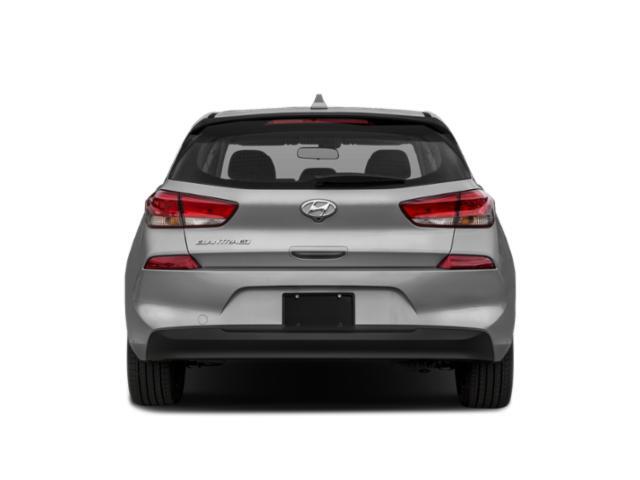
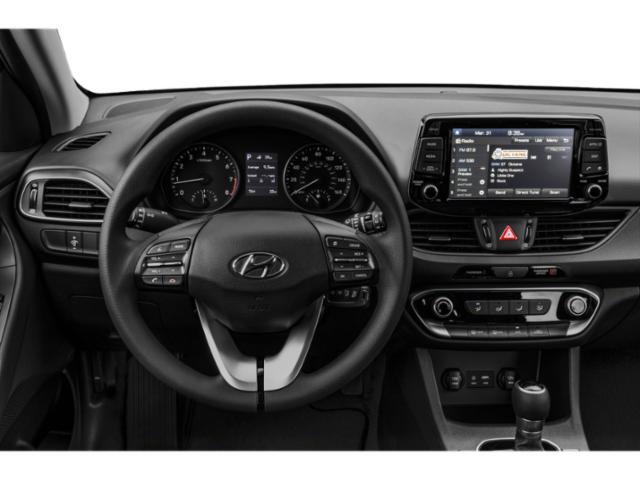

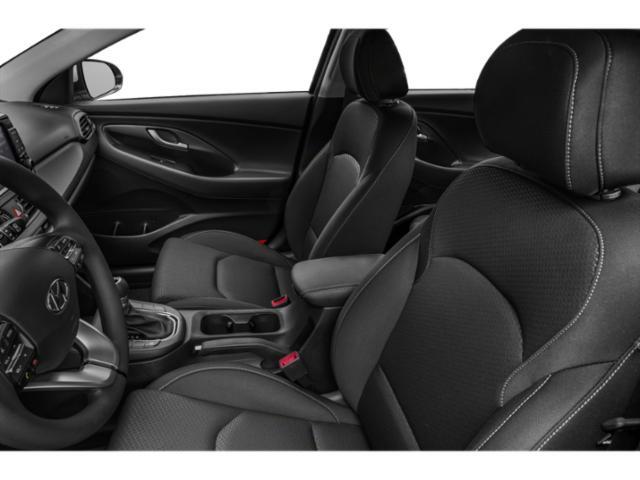
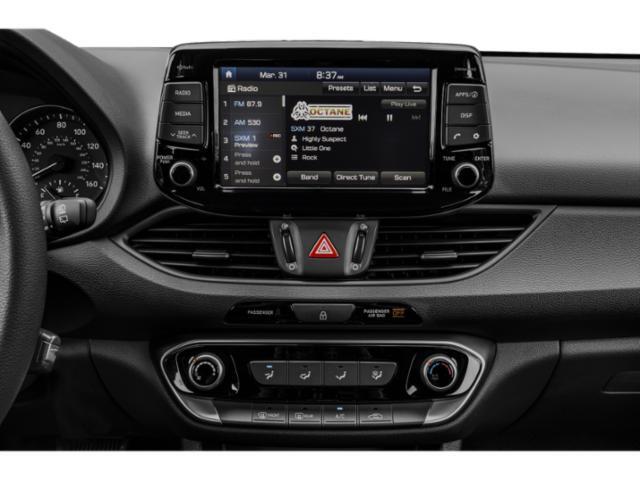
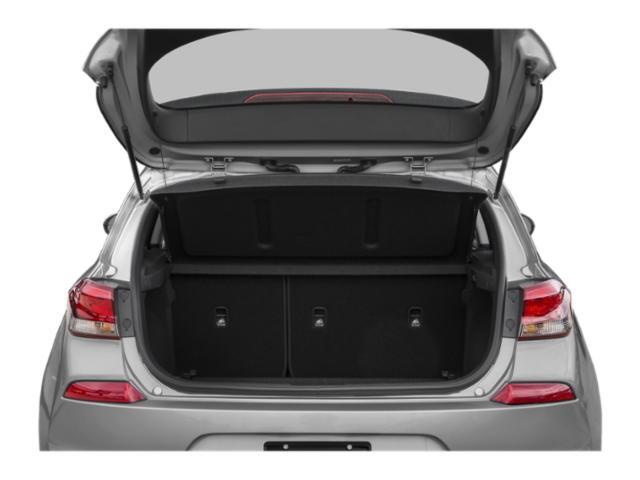
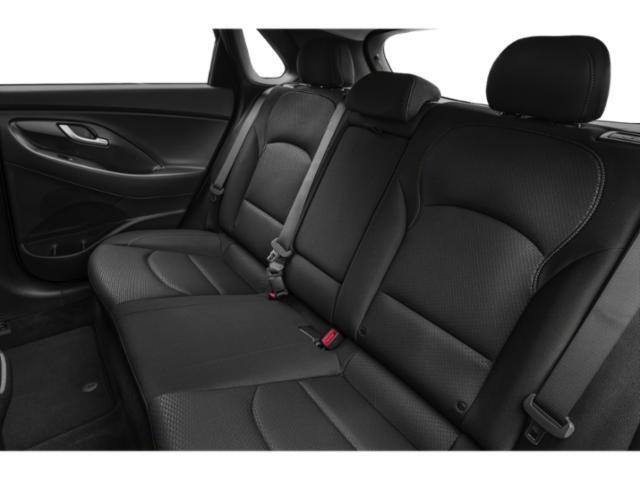
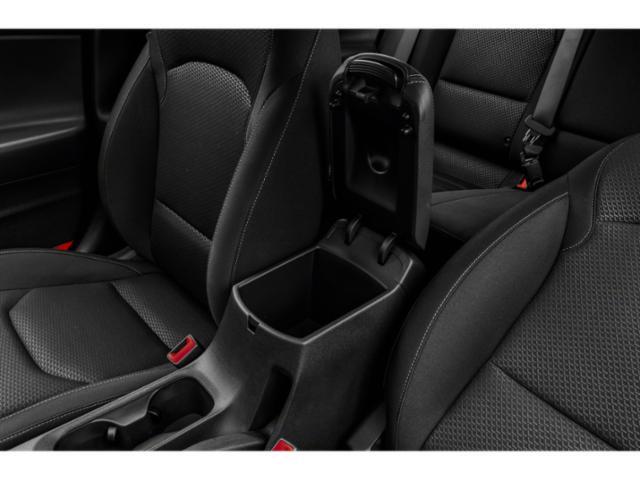
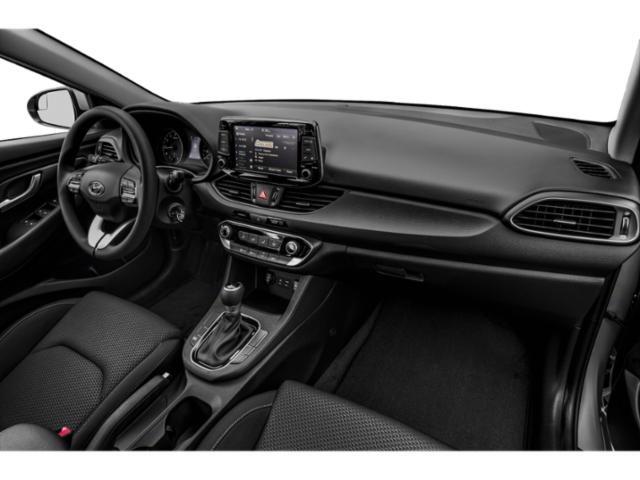

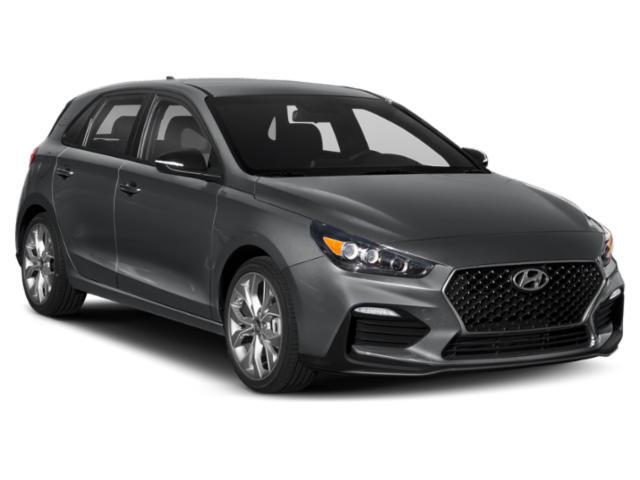
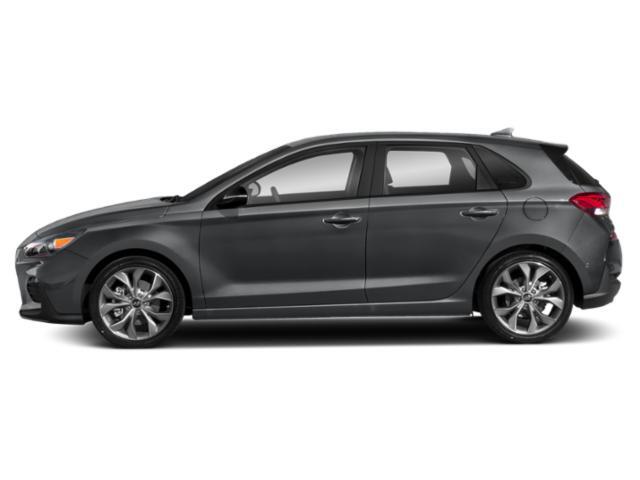
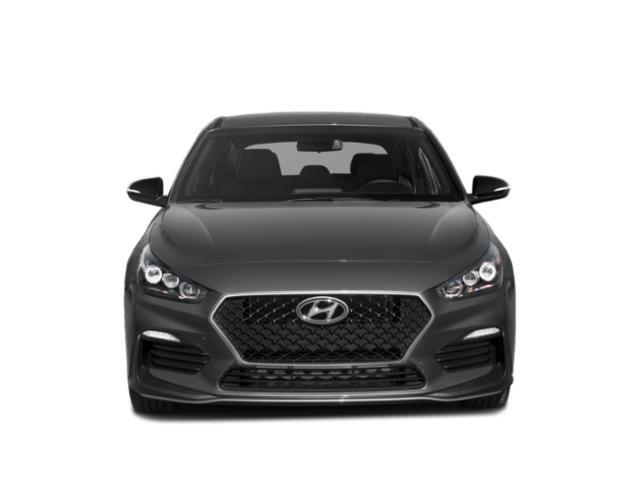
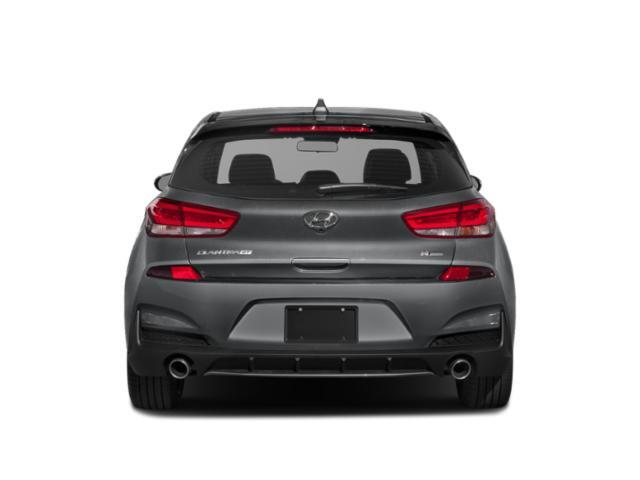
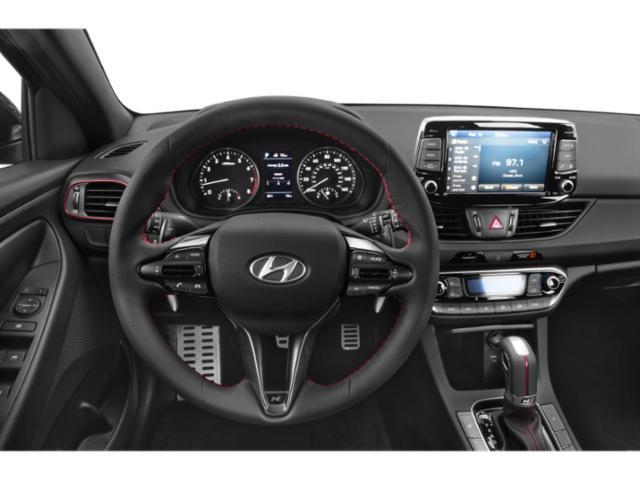
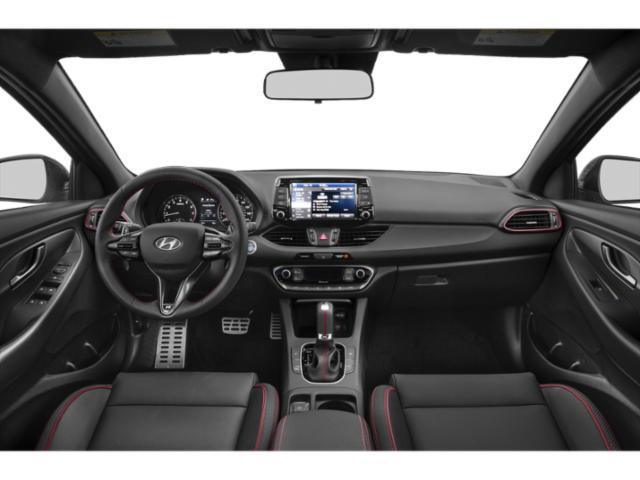

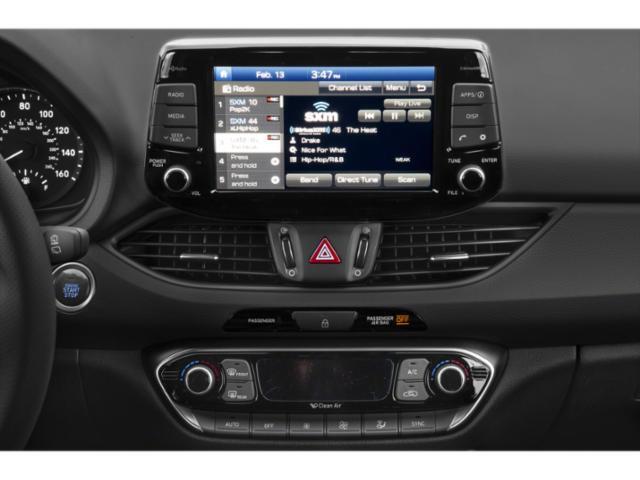
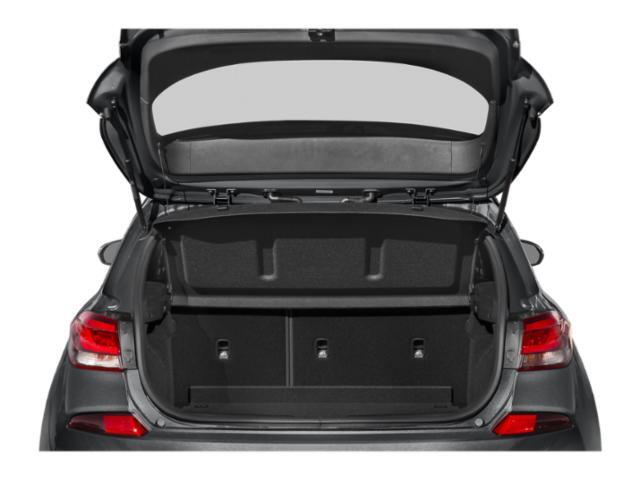
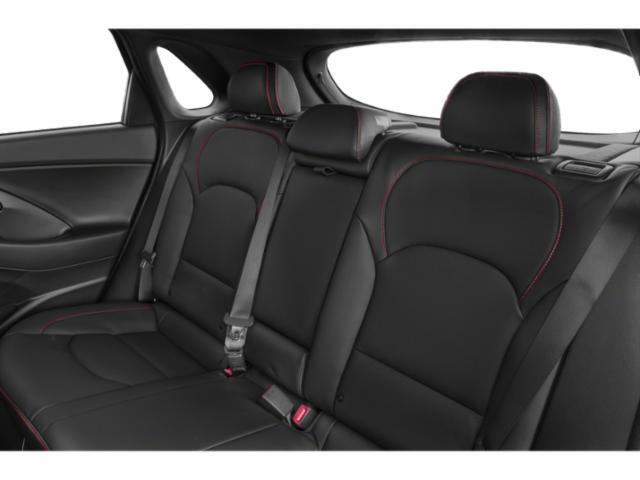
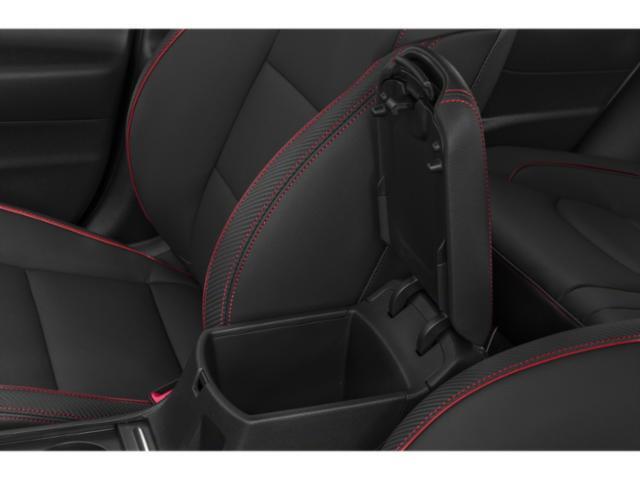
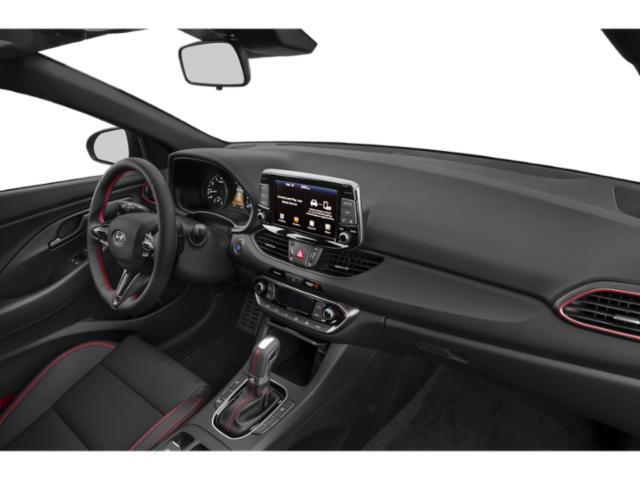


























AutoTrader Review


This vehicle has not yet been reviewed



